Okay, so this is less review and more story time, because I haven't actually finished this beast. You have been warned.
So back in like, November of '21 hubby and I found the four-part Russian language epic film of War and Peace on HBOMax. Over the course of that month, we watched it. When I tell you that this was one of the most beautiful films I have ever seen, I absolutely mean it. Costumes? Stunning! Cinematography? Perfect! Staging? Immaculate! (Seriously, every scene and shot is perfectly balanced like a Renaissance master's painting) 10/10, totally recomend, totally worth it.
This was when Hubby and I seriously began discussing taking a stab at this literal literary Everest. It had all of the postmarks for a reasonable goal. One chapter a day for a year. I made a calendar to measure my progress and everything!
On January 1, 2022, we began. The chapters are short and fairly staccato, making establishing character identities and relationships a struggle if you are holding yourself to one chapter a day. I started keeping a notebook so I could track who was whom and how they related to everyone else. If I hadn't watched the film I would have been hopelessly lost.
Honestly, I still got lost, which was where my notebook came in handy. I had let myself fall behind so I could catch up at the pace of three-ish chapters a day on my lunch break. This made figuring out relationships so much easier. I was finally starting to get into the stride of the thing at three chapters, when hubby told me he was ready to call it. Honestly, glide or not, I was ready to step away before annoyance turned to hatred. Then I would never be able to fully enjoy that gorgeous film again. We made it to March which is a good initial attempt. My Kindle says I made it 15% into the tome. I realize that this doesn't sound like much, but I felt every word. It had begun to feel like a bad reading assignment in highschool that just... Would. Not. End. I had a similar bad experience with "Anna Kareneina" a few years back ( I am planning to try this one again though)so I may just not be a Tolstoy reader.
Maybe I'll take another stab at it another time, but for me, I'll stick to the movies (Hot Take: Some movies are better than their source material). That said, don't let me discourage you from trying. Who knows? "War and Peace" just might be the story that changes your life!
Seven writers each take a day of the week to say something. Currently a few authors rotate to post on Wednesday.
Wednesday, August 31, 2022
War and Peace by Leo Tolstoy -- review by Elleanore Vance
Tuesday, August 30, 2022
La Momia Azteca (The Aztec Mummy), Part 1 -- Garbo
If you have paid attention to stuff Ive been doing online, you realize that I like gardening, accordions, and mummy movies. I really, really like the last of these. While I love the best-known Hollywood mummy flicks, the familiar ones made by Universal, I also like mummy movies from other cultures.
Embalming plus the dry sands of Egypt and enclosure in stone pyramids preserved the bodies of Ancient Egypiian nobility, but clay did the same thing for people of the Yucatan, where they also had pyramids. These were actually Mayan structures, but "The Aztec Mummy" sounded cooler when movie producers needed a scary-movie title. (Later, an English-language version released in the U.S.was given the title "Attack of the Mayan Mummy.")
A studio called Calderon had been making films since 1943, starting with a horror film with a title which means "Inn of Blood." Fourteen years later, the studio scored a hit with "The Aztec Mummy," then did the same kind of series which brought Universal success. There were three movies, the second being "Curse of the Aztec Mummy." All three films were shot at the same time, and then the scenes were divided up into different movies.
Calderon seems to have switched over from horror to sex comedies in the 1970s, and they made movies for another twenty years after the changeover. Low-budget all the way, as you can see from these stills from the DVD intro. We are taken through a graveyard to a mausoleum called "The Crypt of Terror." All the epitaphs and the entrance sign for the crypt were done in the kind of text design used to make poster headings in word processing programs. The raven with outspread wings is sort of cool, though.
Once we enter The Crypt of Terror, the DVD menu options are on the doors to buiral vaults, and choosing any of them makes ketchup-colored blood splashes appear on the metal door plaques.
In the "Extras" vault menu, we get to see some film stills and lobby posters, and there's also this movie poster stuck to a marble pillar. The posters and stills are for all three Aztec Mummy flicks, including the last one, "The Aztec Mummy vs. The Robot Monster."
Another burial vault is marked Play so here we go, starting with title cards.Next, we briefly tour the Great Questions of All Time. Don't worry as it's all scientific and fiction is all right as long as it's also factual. Ish.
It's nice to be able to turn on the English subtitles so we can tell what's going on.
All that science and spiritual searching, and then we have gratuitous gangsters versus cops film noir shootout because there's about to be dialogue scenes to set up our story and the director wants audiences to know things will get exciting soon.
Meanwhile, there's a convention of psychic researchers in town, and we're about to see the keynote address.
The speaker is not the father, just old enough to be. He's this woman's boyfriend.
The reception to the doctor's presentation, alas, is poor. An hour or two later, he and his supporters are back at stately Wayne Manor. Or the castle where the French Knight taunts people from a turret.
Ooh, cliffhanger end to this first part of our look at "The Aztec Mummy." We'll pick up the story next week right from this point, sinister shadow and all.
Monday, August 29, 2022
Garage Painting Music
by whiteray
I suppose it might have been earlier in the month, but I think it was a sunny morning in late August 1970 when my dad presented me with a couple of paintbrushes, some turpentine, some rags and a couple of gallons of white paint. The west side of the garage needed painting.
Actually, I imagine the entire garage needed painting and he was presenting me with the west side as a test: The south side of the garage was fronted by rose bushes, the east side held a door and a window and had a begonia bed in front of it, and the north side had the overhead door. The west side was just wood. If I could handle a blank wall without mishap, I might be trustworthy enough to be let loose on one of the other three sides. I was not, one might guess, particularly adept at handyman-type chores.
Why do I think it was August? Because as well as the paint, the brushes, the turpentine and the rags, I took with me out to the garage that morning my RCA radio, the one that had been my grandfather’s, the one I’d brought up from the basement about a year earlier as I answered the siren call of Top 40 music. I opened the overhead door, ran an extension cord around to the back of the garage and provided myself with some entertainment as I painted.
And one of the records I heard that morning on the Twin Cities’ KDWB was one of my favorites at the time, a record that was sitting at No. 16 on the station’s survey fifty-two years ago this week: the “Overture From Tommy” by the Assembled Multitude. (It still is a favorite of mine; it popped up not long ago while I was putting away dishes, and I found myself using a soup ladle as a mallet for air chimes when the real chimes come in at the forty-nine second mark.) The record would peak at No. 12 on KDWB a week later; nationally, it went to No. 16 in the Billboard Hot 100.
The record was a cover, of course. The “Overture From Tommy” was originally recorded by the Who for its rock opera Tommy, released in May 1969. That was before my pop epiphany the following summer, so when I was painting the garage, I didn’t know the original. Having heard the original many times in the fifty-two years since, I still prefer the cover version, and somewhere along the line, I found a copy of the Assembled Multitude’s only album, which I quite like.
As it happened, the Assembled Multitude wasn’t really a group. It was a collection of studio musicians from the Philadelphia area gathered together by producer Tom Sellers. As Wikipedia notes: “Many of the musicians in the ensemble were regulars at Sigma Sound Studios, where the album was recorded. Those musicians became the backbone of Philadelphia soul, working with producers Kenny Gamble, Leon Huff and Thom Bell, and artists such as The O’Jays, Billy Paul, the Stylistics, and Harold Melvin & The Blue Notes.”
I recall bobbing my head to the record as I painted that morning, happily refraining from using my paint-laden brush as an air chimes mallet or a conductor’s baton. I was trying to be responsible and careful as I worked. Nevertheless, by the end of the morning, when I had finished the job, there were a few spatters of white paint on the radio’s brown casing, spots that were still there in 2004 when Mom sold the house on Kilian Boulevard and the radio was removed from its spot by the workbench in the basement (where it had returned after I got a new radio in 1972.)
Here’s the Assembled Multitude’s cover of the “Overture From Tommy.”
Sunday, August 28, 2022
Florida, Oddly Enough
Saturday, August 27, 2022
Art Alphabet: H - Esther
We’re now at H. I really wanted to include a hedgehog but they were all awful. Either too cutesy or too vicious. Not to worry. Lots of other great Hs.
H
1. An Art Collective (Hackney Flashers): The Highest Product of Capitalism (after John Heartfield) by Jo Spence
Often on the art blog, I happen on something I didn’t know about before. Although it’s a frequent occurrence, I want to find out more less regularly. Until the time of writing, I had never heard of the Hackney Flashers. In the UK (& perhaps other places, I don’t know), “flashers” means someone that exposes themselves. Typically it conjures a man wearing a raincoat who “flashes” his “bits” to unsuspecting & non-consenting women. Trust me, it happens. So when I read about these socialist feminists that took “flashers” as a name for a (mainly) photography group, I was amused & intrigued. They were invited by Hackney Trades Council to exhibit & tour their work recording Women & Work in 1975. This & another key exhibition Who’s Holding the Baby? (1978) gave the group the opportunity to throw a spotlight on domestic abuse, issues around childcare & young carers as well as inequalities around pay & job types available for women. Nowadays, this is normal practice for groups that don’t consider themselves activists, but at the time must have been downright radical.
2. An Artist (Husain): Traditional Indian Festivals by M.F Husain (1915-2011)
Husain’s handwritten notes explain the festivals depicted “to preserve our environment”: Holi, Tulsi Pooja & Poornima. Holi is the festival of fire & Poornima of water. Tulsi Pooja is the festival of plants. He notes the Tulsi plant has medicinal properties & is “worshipped each morning by pouring water.” Maqbool Fida Husain was known for applying the principles of European art styles, colours & movements to the subjects of Indian culture & everyday life. Traditional Indian Festivals was made as part of a series of eight triptychs over the course of three years. Although the twenty-four panels left to us were being worked on at the time of Husain’s death, he had originally planned ninety-six panels in total.
3. An Animal (horse): Reiter (Lyrishes) by Wassily Kandinsky (1824-1906)
Horses fall into the category of “status symbol” throughout history (including now), hence their abundance in art. There is also the repugnant practice of hunting with horses & that gets catalogued by the art world too. There are horses going to war, racing or carrying cowboys, horses as metaphor for the sea or waves & horses to express emotion. Kandinsky’s horse looks to be going flat out. The translation of the title is “The Rider (Lyrical).” Whilst we can clearly see the horse’s head, it perhaps takes us a little longer to see the full picture.
4. A Bird (heron): Heron & Willow formerly attributed to Sesshū Tōyō雪舟 等楊 (c. 1420-1506)
Apparently this is a forgery! But what a beautiful forgery it is. I’ve never seen a heron look so cute. They are usually more predatory & cunning, but this appears simple & innocent. Don’t be fooled. Although the Met Museum website now sniffily declares the stamp in the corner to be “spurious” & refers to the work having passively “entered” the collection rather than someone went & BOUGHT it, someone else was fooled. I just rolled my eyes but it’s difficult to convey in print.
5. A Body Part (hand): The Artist’s Hand V by Henry Moore (1898-1986)
Hands are big in art. They may well be a blog’s worth alone. Why is this? Some of it might be religious or perhaps a mode of expression or a metaphor. But generally it’s the same as a lot of subjects – it is there. Assuming the artist has two hands - & in the case of Moore, he did - we can also assume he is right handed. Known primarily for his sculptures however, we know he was skilled with both. He made the series of lithographs of his hands at the age of eighty-one.
6. A Country (Haiti): Haitian artist, Maxan Jean-Louis (b. 1966)
The Haitian diaspora perhaps most notably included Jean-Michel Basquiat, but Haiti has a rich art heritage of styles, schools, influences & symbols. Maxan has two styles. One takes inspiration from his own visions to produce stretched, colourful figures & the other is mildly surreal & motivated by political atrocities, activities & events.
7. An Emotion (happiness): Two Laughing Boys With A Mug of Beer by Frans Hals (1582/83-1666)
You may not associate high art or the Dutch Golden Age with happiness but I do & I should say a mug of beer would certainly cheer me up. I am in no way condoning the drinking of alcohol in the child community however. In the 17th Century of course, attitudes were, ahem, different & beer was undoubtedly different. Frans Hals is famously linked with naturally-posed portraits with the subjects smiling. If you want happiness in art, Frans is your man.
8. An Artwork (head): Head of a Peasant Woman with Greenish Lace Cap, Vincent van Gogh (1853-1890)
Before he went with yellow, Vincent wallowed in brown. His interest in rural working class people is well-documented in his earlier paintings. The Realism Movement included something called the “peasant genre,” with Vincent declaring the works of Jean-François Millet & Jules Breton as being the “voices of the wheat.” His own genre works are rather different but even if you don’t go for the yellow, you can see here another side of what he could achieve with paint.
9. Of Another Artist (Hockney): David Hockney Painting by Carl Grauer (b. 1959)
It’s one thing for artists to reveal themselves through self-portraiture but it’s always interesting to see how other artists perceive them. Lucien Freud also painted Hockney but Grauer captures something softer & more elderly than either Hockney or Freud expose.
10. A Play (Hamlet): Hamlet & Ophelia by Agnes Pringle (1853-1934)
Rather than go for a skull (I know – amazing), I’ve gone with a scene with Ophelia. This has the air of a theatre production rather than the artist picturing the act from imagination but I’ve not been able to find out for now. I especially love Hamlet’s dramatic hand gestures & I had to count the fingers on that left hand to make sure it was all in order.




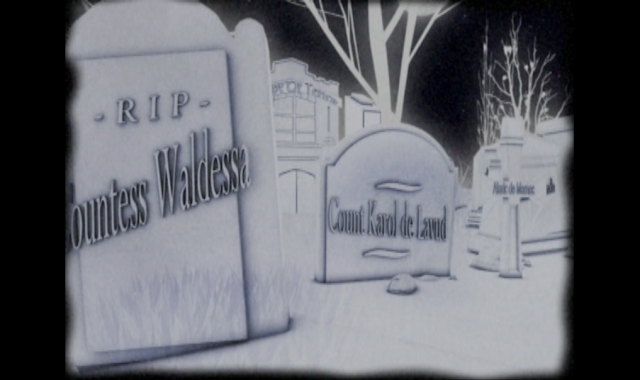


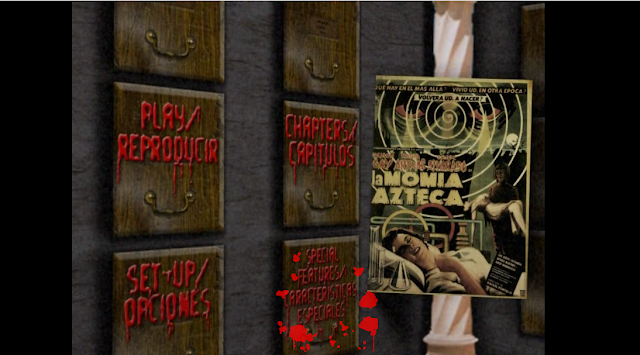







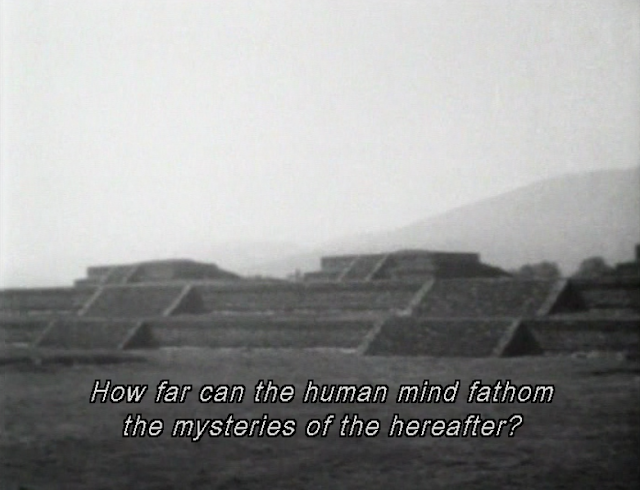




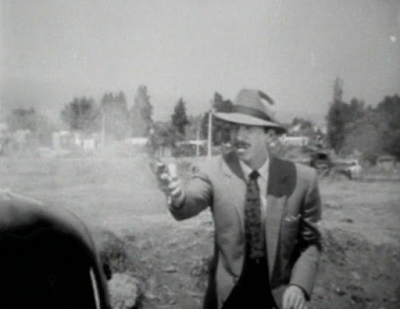



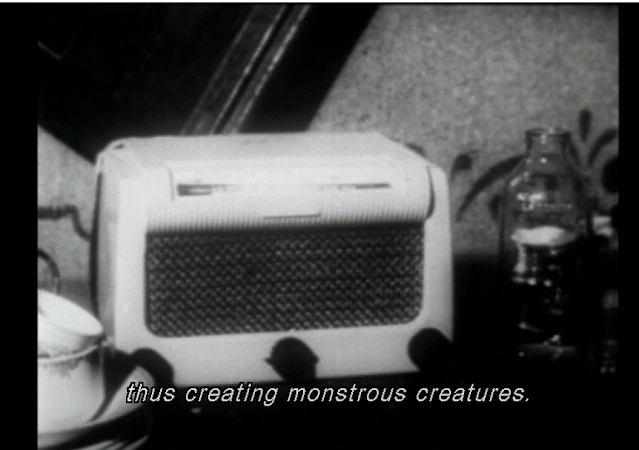

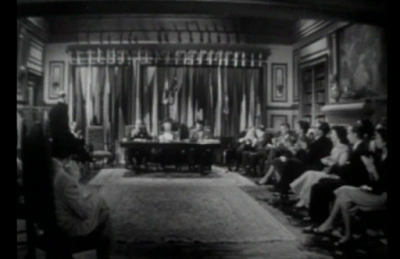













,_oil_on_canvas,_94_x_130_cm,_Museum_Boijmans_Van_Beuningen.jpg)






